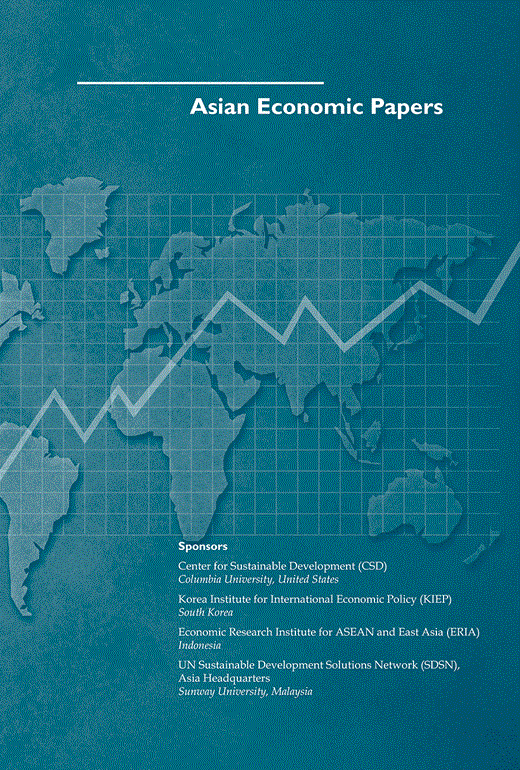Trade-war Tariffs and Supply Chain Trade
IF 5.3
3区 经济学
Q1 ECONOMICS
引用次数: 0
Abstract
Although Chinese exports to the United States hit an all-time high in 2022, it would be incorrect to conclude that the U.S.–China trade war had no effects on trade. By exploiting fine product-level information on trade war tariffs, this paper demonstrates how the trade war diminished China's exports to the United States in tariff-impeded products, while expanding opportunities for exports from other countries in a fashion that had some systematic characteristics. First, the impact of the trade war tariffs was not immediate, as trade responses took place with a lag. Second, the responses to trade-war tariffs were heterogenous across countries and regions, with finer distinctions by product categories. Finally, trade that could be viewed as highly tied to global value chains (GVCs), such as trade in information and communication technology products, exhibited stronger reactions to the imposition of trade-war tariffs. These responses, and their implications for the organization of global supply chains, are discussed considering current trade concerns.贸易战关税与供应链贸易
尽管中国对美国的出口在 2022 年创下历史新高,但如果就此得出中美贸易战对贸易没有影响的结论,那是不正确的。通过利用贸易战关税的精细产品层面信息,本文展示了贸易战如何减少了中国对美国的关税受阻产品出口,同时扩大了其他国家的出口机会,这种方式具有一些系统性特征。首先,贸易战关税的影响并非立竿见影,因为贸易反应是滞后的。其次,不同国家和地区对贸易战关税的反应也不尽相同,产品类别也有更细微的区别。最后,可被视为与全球价值链(GVCs)高度相关的贸易,如信息和通信技术产品贸易,对征收贸易战关税表现出更强烈的反应。考虑到当前的贸易问题,我们讨论了这些反应及其对全球供应链组织的影响。
本文章由计算机程序翻译,如有差异,请以英文原文为准。
求助全文
约1分钟内获得全文
求助全文
来源期刊

Asian Economic Papers
ECONOMICS-
CiteScore
7.50
自引率
0.00%
发文量
16
期刊介绍:
The journal Asian Economic Papers (AEP) is supported by several prominent institutions, including the Center for Sustainable Development at Columbia University in the United States. This shows that there is a strong emphasis on sustainable development within the journal's scope. Additionally, the Korea Institute for International Economic Policy in South Korea, the UN Sustainable Development Solutions Network (SDSN) in Malaysia, and the Economic Research Institute for ASEAN and East Asia in Indonesia also sponsor AEP. The articles published in AEP focus on conducting thorough and rigorous analyses of significant economic issues pertaining to specific Asian economies or the broader Asian region. The aim is to gain a deeper understanding of these issues and provide innovative solutions. By offering creative solutions to economic challenges, AEP contributes to the discourse and policymaking that impact the Asian economies and region as a whole.
 求助内容:
求助内容: 应助结果提醒方式:
应助结果提醒方式:


